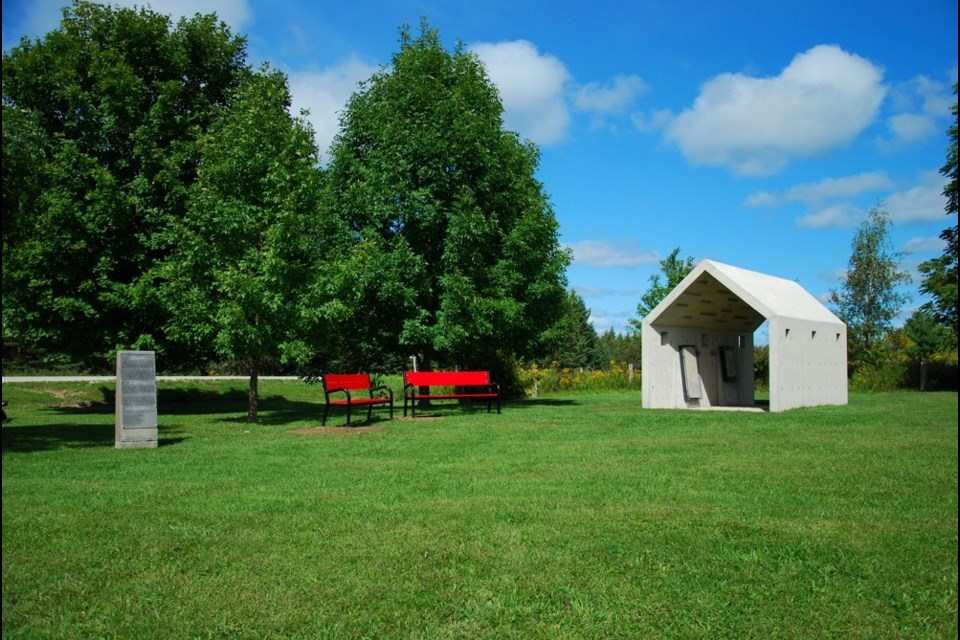Editor's note: This is Part 2 of a six-part series on Ontario historic sites as part of to Black History Month, written by Terry Fegarty, of the Tay Heritage Committee and Community Heritage Ontario, with editing assistance by Heritage Grey Highlands member Nancy Matthews.
The annual Black History Month campaign reminds all Canadians that our early Black history is an important legacy that continues to be seen and felt in many Ontario communities.
The Old Durham Road Black Pioneer Cemetery, in Artemesia Township, is the final resting place for some of the first Black families to settle in this area, located southeast of the village of Priceville, near Flesherton.
Many of the early settlers here were Black United Empire Loyalists, and many of them were veterans of the War of 1812. Later arrivals were Black refugees who came to Upper Canada via the Underground Railroad.
In the late 1840s, some eight to 10 Black families arrived, many from an earlier community near Guelph. For their own safety, many Black people chose to move north, away from the border, to avoid slave catchers from the U.S.
By 1851, approximately 12 per cent of the population of Artemesia Township was Black. Eventually, they built a school, a church and established a cemetery.
However, white settlers began arriving in the area around 1848 to 1850. They forcibly removed the original Black settlers, many of whom relocated to Collingwood, Owen Sound, Oro Township and elsewhere.
The “darky cemetery” fell into disuse and neglect in the 1880s. In the early 1930s, the gravestones were removed. Some were used to pave a basement and a barn. One served as home plate in the schoolyard across the street. The cleared field was then cultivated for potatoes.
This was unfortunately a common fate for pioneer cemeteries that interred Black settlers.
In 1990, the cemetery was uncovered and rededicated by former Lieutenant Governor of Ontario Lincoln Alexander. Ground-probing radar indicated there were more than 90 unmarked graves. Unfortunately, only four broken gravestones could be found nearby. In 2015, a pavilion was built to better display the four original tombstones.
This locally designated heritage site is presently under consideration to become a National Historic Site.
Sheffield Park Black History and Cultural Museum is living history of the Black settlers in the Collingwood and Owen Sound area, the two northern terminals of the Underground Railroad.
Carolynn Wilson and her sister Sylvia are seventh-generation descendants of Black Canadian families who emigrated to Canada. Their museum is named after their Sheffield grandparents. Some of the Sheffield ancestors were part of the Old Durham Road Black community.
The 11-acre museum site is regularly visited by people from all over the world, many of whom have subsequently sent artifact donations. The large main museum building began as a place to house their collection of family and community souvenirs and artifacts, but over the years the displays have grown to include slavery relics, emancipation documentation, Black cultural artwork, clothing and fabrics along with other educational displays of artefacts and information.
Along the trails, there are outdoor displays. As well, 16 outbuildings display artifacts and exhibits and take visitors on a journey through Africa to the early Black settlements in Upper Canada, including Oro, Priceville and Collingwood/Owen Sound.
The schoolhouse, the church with cemetery and a rustic restaurant located on the grounds contain many more artefacts and additional informative displays.



